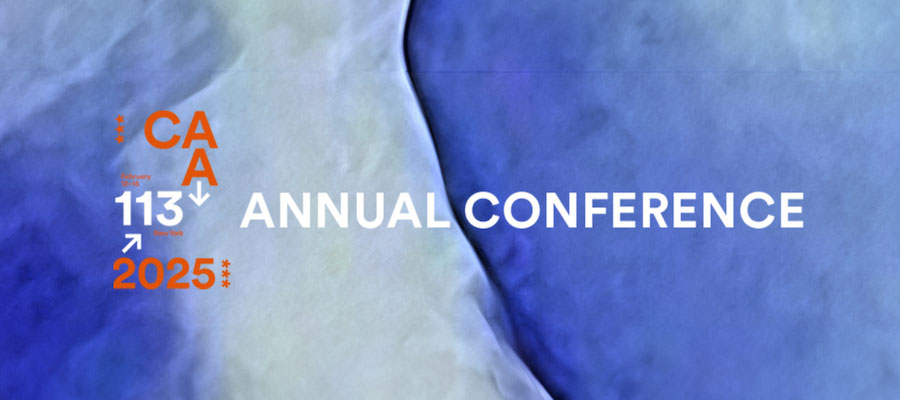The Art of Porous Borders from Eurasian Antiquity to the Mongol Era, session at the 113th College Art Association Annual Conference, New York City, February 12–15, 2025
With the opening of Eurasian networks of exchange, border zones became hotspots for cross-cultural contact and innovation. Objects, ideas and aesthetic concepts had to cross not only political but also cultural and geographical boundaries. Goods passed through stark ecological divides such as the arid steppe and deserts more intensively than they did across homogenous environments because the needs and products on each side of such barriers were markedly different and driven by a greater sense of novelty. Moreover, many state borders along the Silk Roads were rather porous, negotiable, sometimes based on mutually agreed clan affiliations – thus they existed in a constant state of flux. Some design concepts, materials, and modes of making traveled swiftly across borders successfully permeating neighboring spheres, whereas others flourished only within frontier zones. This panel investigates the transformations art forms underwent as they crossed fluid borders along the Silk Road networks. What made certain images and techniques more malleable and transferable across the border than others? The session also aims to conceptualize the border itself, particularly its unique capacity to generate unprecedented image systems, iconographies, and entanglements. Artisans and patrons working in border regions did not view their domain as a periphery to a flourishing imperial center but rather as a thriving center for innovation and experimentation far from government scrutiny. Contributors may address issues of migration, trade, war, diplomacy, and center-periphery dynamics and cover one or more cultural spheres from China to the Eastern Mediterranean. We welcome interdisciplinary approaches and historiographical interventions.
Chair
Petya Andreeva, Vassar College
